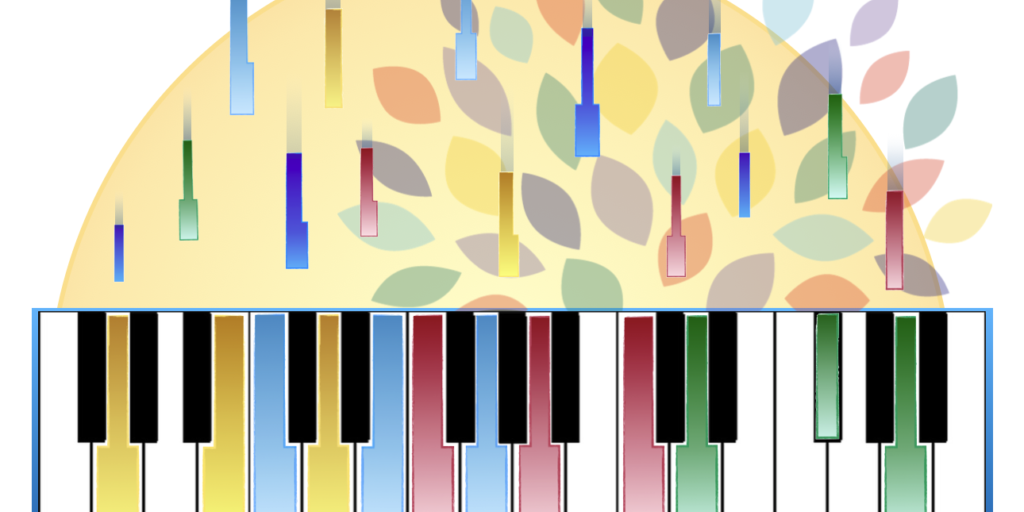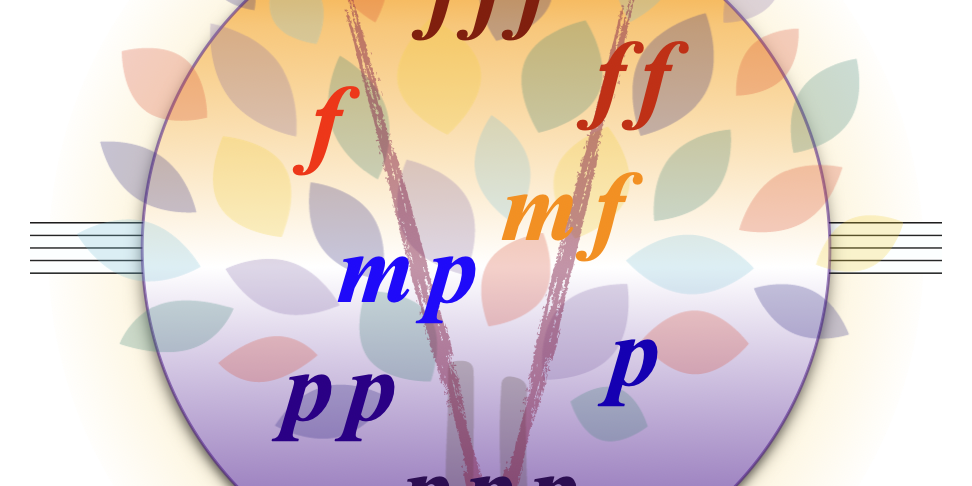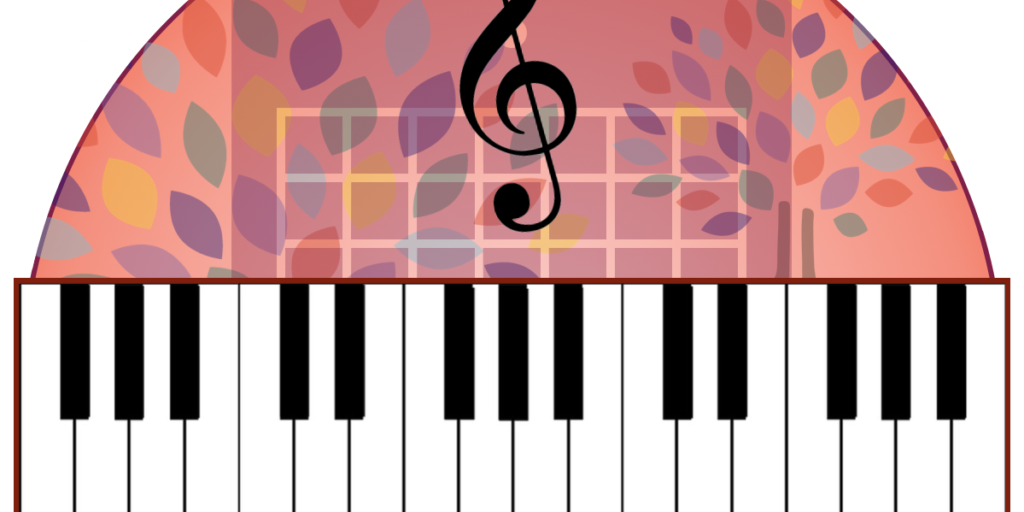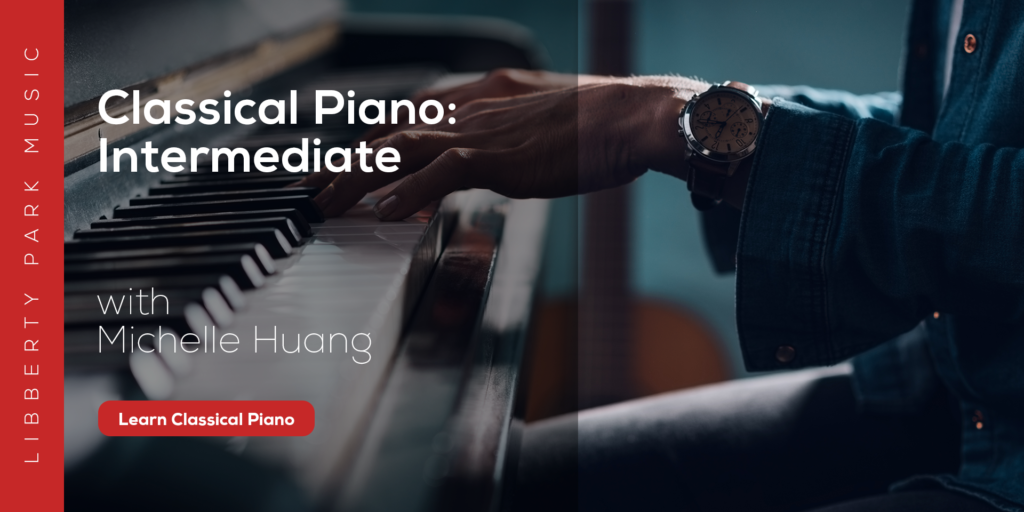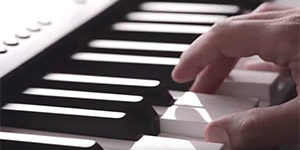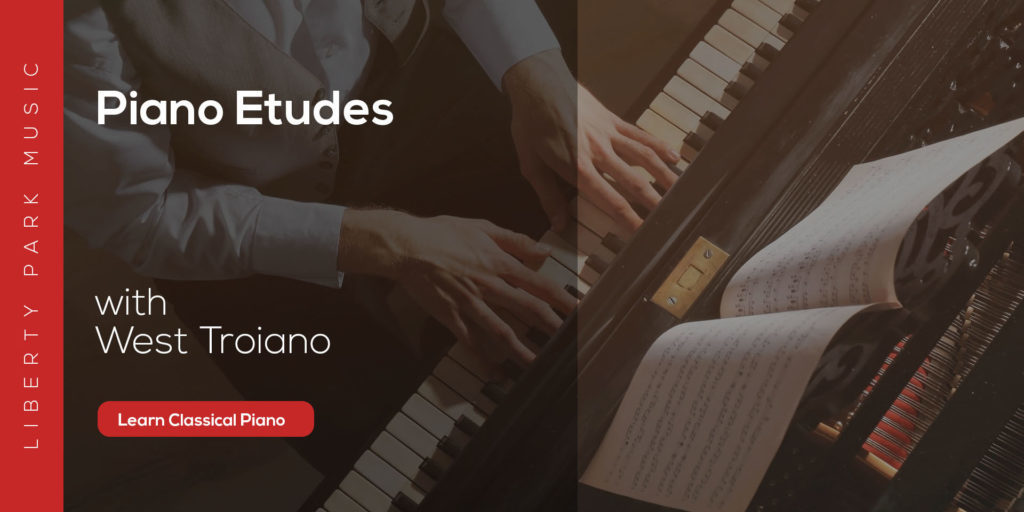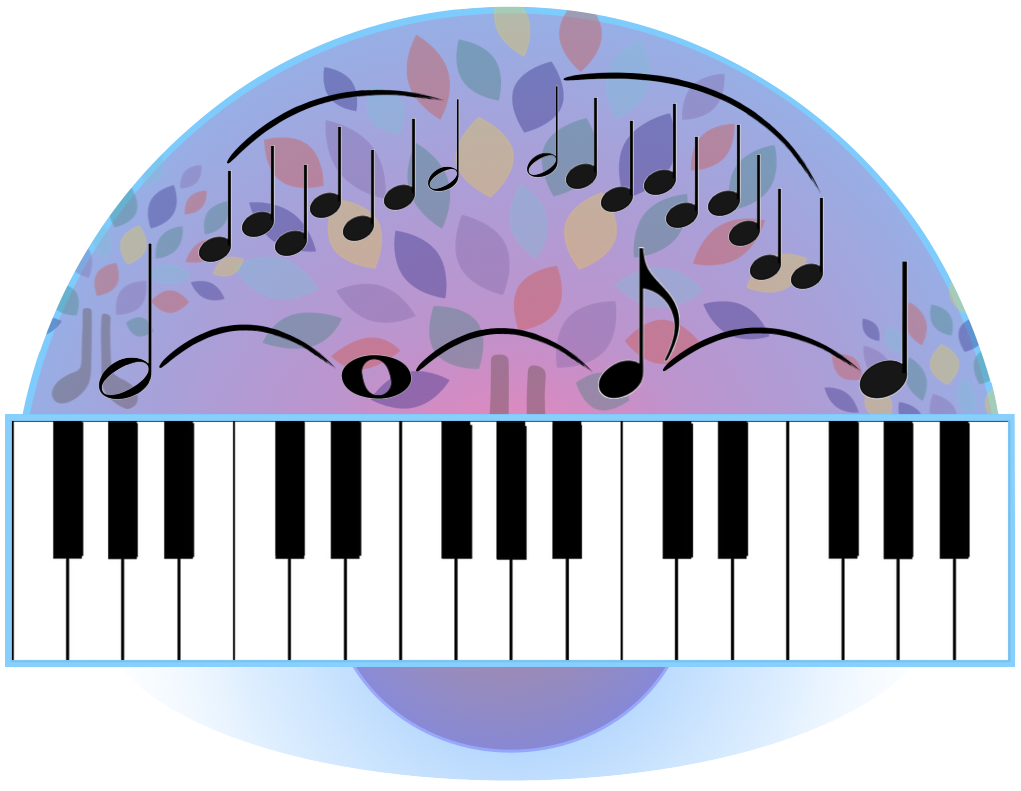
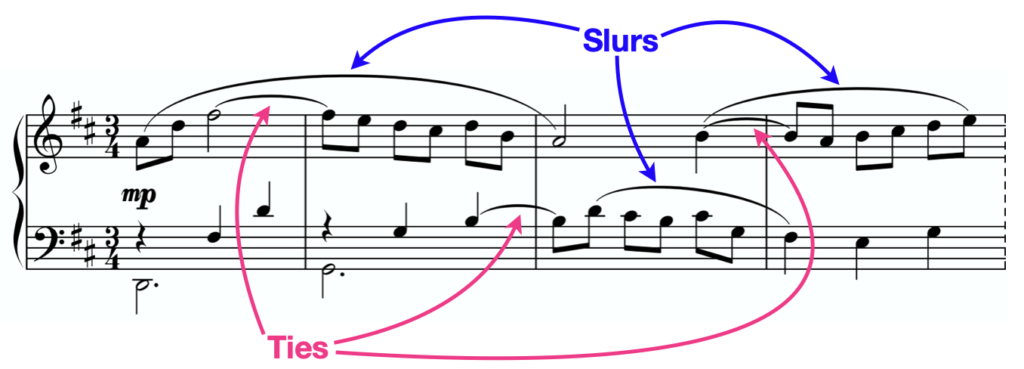
There are two different kinds of curvy lines in music notation - ties and slurs. Both look very similar on the page, but they do very different things - knowing how to recognize which is which is essential for avoiding confusion when practicing.
Fortunately, there are some very clear distinctions between how ties and slurs appear in music notation.
Ties

Ties connect notes to other notes to create longer note values. They are the only way to combine note values across barlines, and are valuable for offering a broader range of rhythmic combinations in general.
Slurs

A slur is a kind of articulation, and also a manner of indicating phrasing.
For keyboard or piano music, the primary function of a slur is to tell the player that the notes it’s affecting are to be played legato, or connected without gaps. Slurs can also be used to indicate a musical phrase (even one combining staccatos, accents, or other articulations), but are more commonly used to simply indicate legato
How to Tell the Difference?
Even though ties and slurs look very similar on the page, there are a couple of key differences in the ways they appear that can make it easier to tell them apart.

Because ties combine two note values into a single, longer note value, they can only connect two pitches of the same kind. “Pitch” is the word we use to refer to how high or low a note sounds - if you have two pitches of the same kind, it’s the same as saying that you have two of the same notes. For example, a tie can connect one C to the same C, but not to a C in a different octave, or to any other note (those would be different pitches.
Additionally, there can be no notes interrupting the connection between the tied notes (unless those notes are happening in a different “voice,” and are meant to be played around the tied notes).

Slurs, on the other hand, often occur over or under a number of notes (though they don’t have to), and commonly stretch between two completely different pitches. Slurs can depart and arrive on the same pitch, but, to avoid being confused as ties, there must be other notes in between that are meant to be played as part of the slur.
Summary
To summarize the visual differences between ties and slurs:
- Ties must connect two note values of the same pitch; slurs can affect notes of many pitches, and can depart and arrive at different pitches.
- Ties cannot be broken by any other notes (the connection between the tied notes cannot be interrupted); slurs that depart and arrive at the same pitch must have other notes in between (or even just a single note) to prevent them from being confused as ties.
Here are some more examples to help you get more familiar with how ties and slurs look on the page:
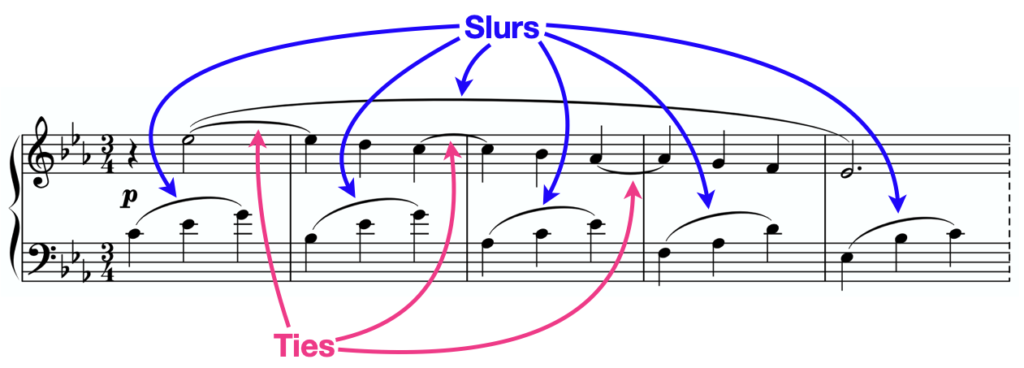
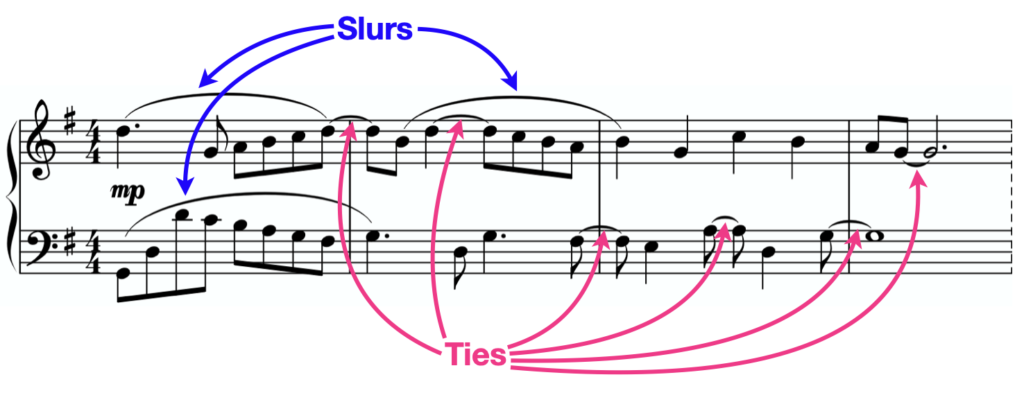
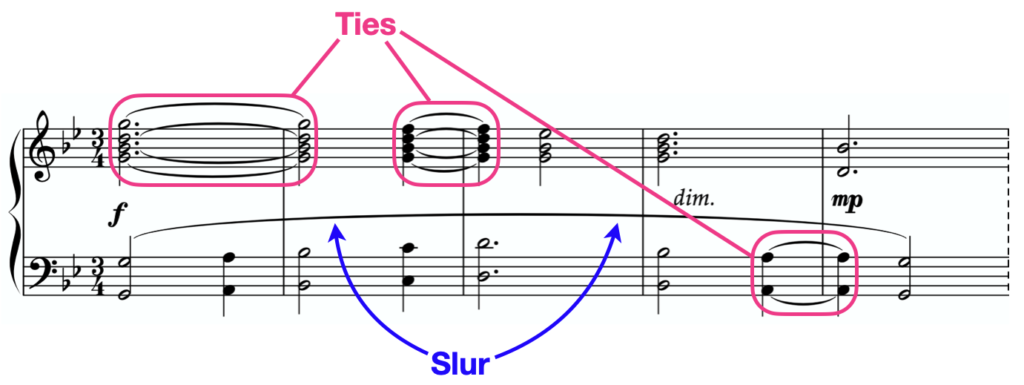
Thanks for checking out this article from Liberty Park Music! If you liked what you saw here, you can find more in our blog at libertyparkmusic.com. We also have a YouTube page! And if you're really ready to take your music training to the next level you can subscribe to our site and gain access to a full spectrum of piano, guitar, drum, and music theory lessons.
Sign up for our free newsletter
Useful articles for musicians
About the Author: West Troiano
West has over 10 years of teaching experience in settings that vary from private studios to college classrooms. In addition to teaching through traditional forms of piano pedagogy, West frequently produces music and teaching materials that cater to the needs of his students. Check out West's course on Piano Etudes for both beginners and intermediate pianists.


